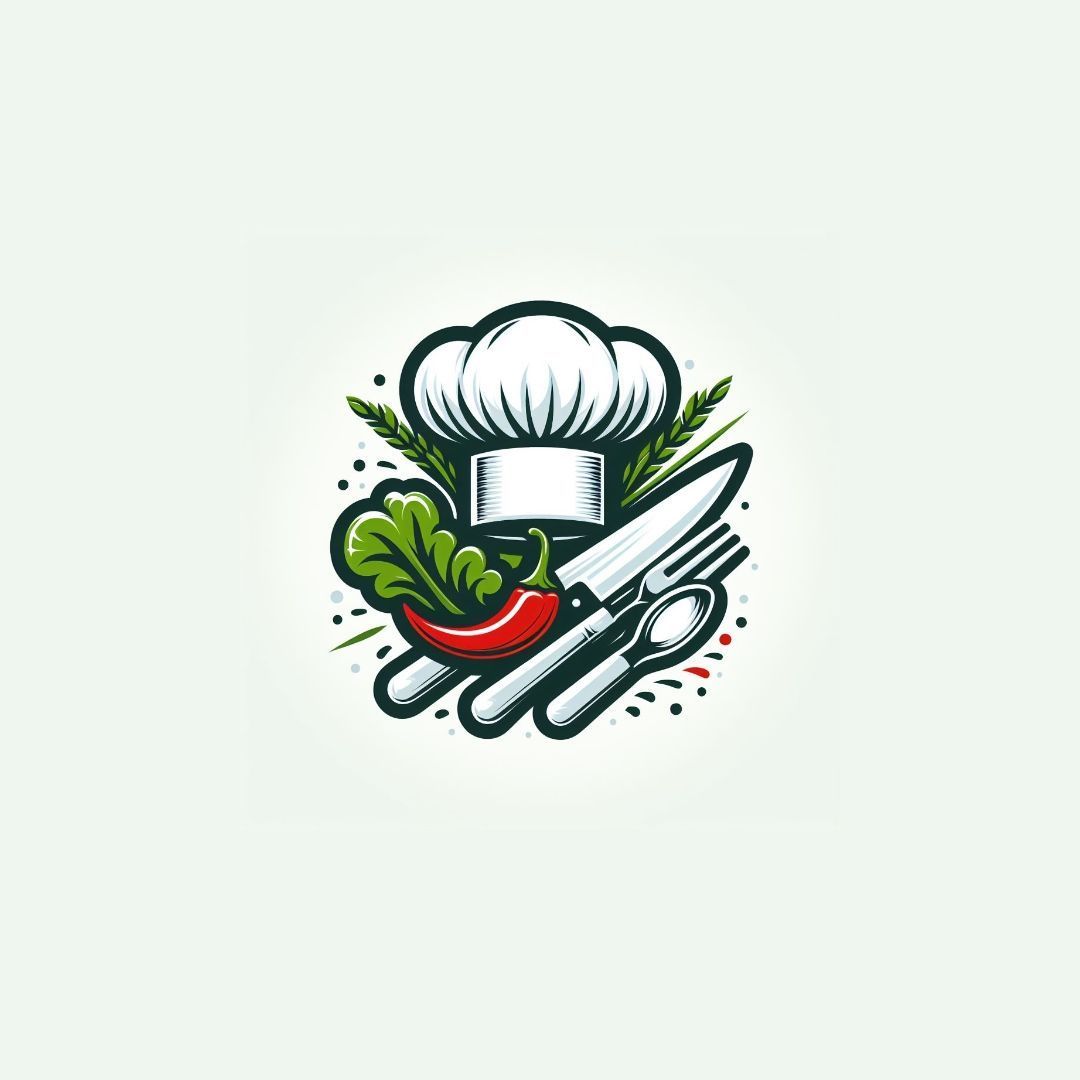Good Fats vs. Bad Fats: A Practical Guide to Reading Food Labels

In the debate about health and nutrition, fats often take center stage. But not all fats are created equal: some are valuable allies for our bodies, while others can harm them if consumed regularly. And the supermarket, with its shelves full of colorful and inviting products, is the daily battleground for informed choices. How can you distinguish good fats from bad ones by reading the label?
⚖️ What are “good” and “bad” fats?
Good fats (unsaturated) : These include monounsaturated fats (such as oleic acid in extra virgin olive oil) and polyunsaturated fats , such as omega-3 and omega-6 . They are useful for:
- keep your cardiovascular system healthy
- regulate cholesterol
- reduce inflammation
Bad fats (saturated and trans) : Artificial trans fats in particular are harmful. Saturates , if consumed in excess, can raise LDL (bad) cholesterol.
🛒 Where are they found in common products?
When it comes to fats, its crucial to understand where the good ones are hidden and which products contain unhealthy ones . Heres a rundown of common foods to help you recognize them at a glance:
Lets start with health allies : nuts , oilseeds (such as flax, chia, and sesame), and extra virgin olive oil are excellent sources of unsaturated fats, beneficial for the heart and brain. Theres no trace of unhealthy fats here: these are foods to be consumed in moderation, but regularly.
Industrial snacks and snack foods are a completely different matter: they often contain a mixture of saturated fats and, in the worst cases, trans fats . The latter are among the worst for cardiovascular health. Even when the packaging claims palm oil free, the presence of refined or hydrogenated fats remains a problem.
The same goes for non-organic vegetable margarine , especially if its cheap: many versions still use trans fats or industrial processes that alter the structure of vegetable oils, making them harmful.
Oily fish , such as mackerel, anchovies, and salmon, are a valuable source of polyunsaturated fats , particularly omega-3s , known for their protective effect against inflammation and chronic diseases. They contain no harmful fats if cooked simply.
Full-fat plain yogurt , if natural and without added sugar, contains only a small amount of the saturated fats naturally present in milk and is generally well tolerated, even beneficial. However, beware of sweet versions enriched with cream, custard, or sugar: these can contain unhealthy fats.
Finally, a pantry classic: packaged biscuits . Even the grandmas biscuits or light ones can contain unspecified vegetable oils, excess butter, or margarine, making them frequent sources of saturated and sometimes trans fats .
Nutrition Facts: 5 Tips for Identifying Bad Fats

When we buy a packaged product, one of the first things we check is the nutrition label. But how can we tell if it contains healthy fats or unhealthy fats ? Here are 5 simple rules to avoid being fooled and make a more informed choice:
1. Check the “fat of which saturated” entry
This is a crucial indicator. If saturated fats represent more than 30-40% of your total fat intake, its a warning sign.
For example: if a product has 10 g of total fat , and of these 6 g are saturated , it means that the percentage is very high — better to leave it on the shelf or consume it rarely.
2. Beware of the generic term vegetable oils
When the label only says “vegetable oils” without specifying which ones , it’s best to be wary: these are often low-quality refined oils , used for industrial purposes and are unhealthy.
Conversely, it is a good sign if oils such as extra virgin olive oil , high oleic sunflower oil or flaxseed oil are specified, all of which are rich in beneficial unsaturated fats .
3. Avoid the words “hydrogenated vegetable fats”
This label hides the presence of artificial trans fats , among the most harmful to cardiovascular health. Although they are banned in some countries, in others (including Italy, with some exceptions) they can still be found in snacks, crackers, snacks , and cheap margarines .
4. Dont trust the phrase free from hydrogenated fats.
It sounds reassuring, but its not always a guarantee. Some companies replace trans fats with large amounts of saturated fats like coconut oil , butter , or cream , which, if used in excess, arent much better. Thats why its important to always read the nutritional information in addition to the advertising labels.
5. Find a balance between fats, fiber, and sugars
Good fats are often found in foods that are naturally high in fiber , such as nuts , seeds , and oats . If a product, however, is high in fat and sugar, its likely an ultra-processed food that should be limited as much as possible.
💡 Conclusion: train your eye for quality
Understanding whether a fat is good or bad isnt just a scientific question, but also a practical one. Learning to read labels means protecting our health every day, making informed choices among thousands of options. A few seconds spent in front of a shelf can make a difference.
📌 Bonus tip
When you go grocery shopping, try this rule:
“If a product has fewer than 5 ingredients and contains no unspecified fats , it is more likely to contain only good fats.”

gourmet
Data di inserimento 30 giu 2025
Report article


Comments
There are no comments yet.